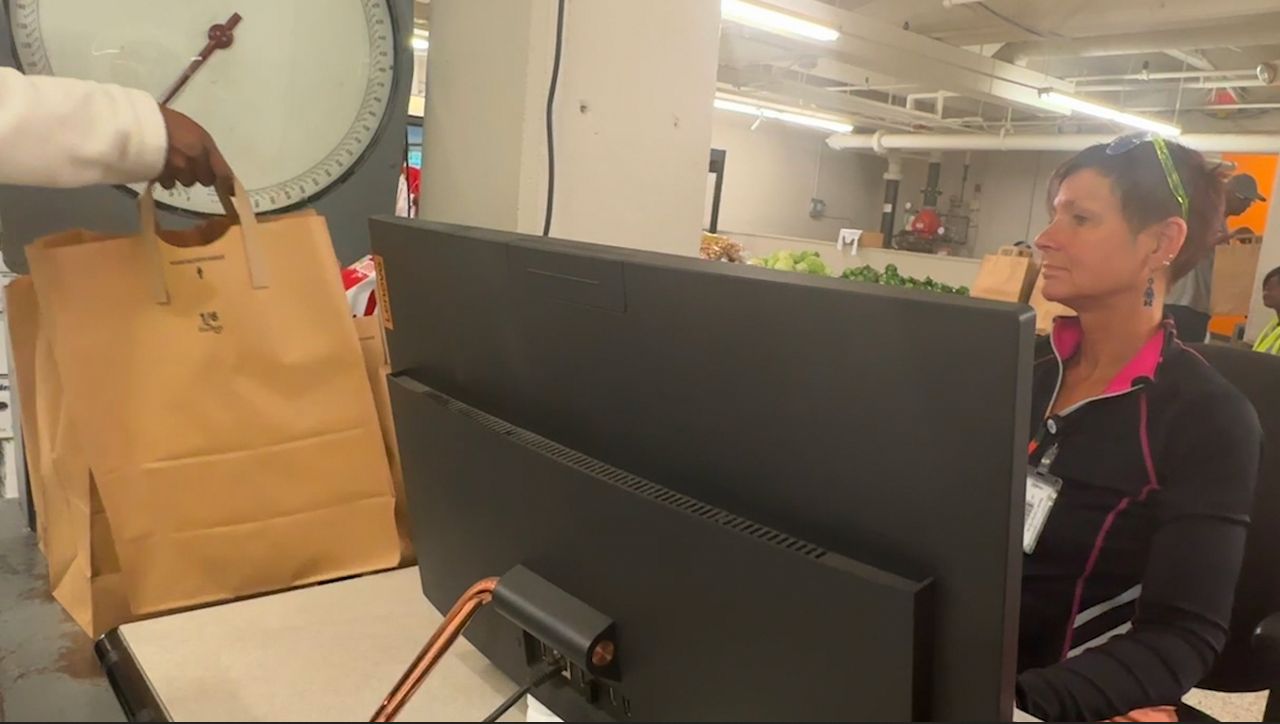CINCINNATI – At the Liberty Street Market, one of the food distribution centers for the Freestore Foodbank, there’s a steady flow of clients pushing cartload after cartload of food through the aisles, ensuring they have the help they need to put food on the table.
The market has been busy since need spiked in the early days of the COVID-19 pandemic, but since emergency SNAP allotments ended in March, the food bank reports a surge in need across the Cincinnati region.
The Supplemental Nutrition Assistance Program was providing extra funds to those enrolled in the federal food assistance program since the beginning of the pandemic. Ohio extended the emergency allotments as long as possible, but the program ended at the end of February.
In the months since, Kam Mackenzie, the SNAP outreach manager for Freestore Foodbank said there’s been a 27% increase in requests for assistance and 900 more families have signed up for help.
“Families who have never come into our doors have been coming in,” she said.

Mackenzie believes it’s a combination of factors including the higher price of groceries, stagnant wages, and clients still trying to find comparable work after losing their jobs during the pandemic.
The hardest hit clients have been seniors on disability and social security. Under the pandemic-era assistance, they were getting $281 a month. Now Mackenzie said that’s down to $23.
“What you can get with $23 three years ago is not what you can get with $23 today,” Mackenzie said.
To help, Mackenzie said the food bank is allowing clients to come in for assistance more often, twice a month as opposed to once. She said she’s also been working with clients to help them strategize the best way to stretch their food budgets.
“The price of meat is higher, so we’re telling people to come here to get their canned goods and their stable shelf items and then using your SNAP benefits to get your fresh produce and your meats from the grocers,” she said.
Donations help food banks like Freestore continue to keep their shelves stocked to provide the necessary assistance for clients, but Mackenzie said that won’t stop the surge. She believes the need will continue until grocery prices decline or there’s more money in her clients’ pockets.
As Congress begins to draft the 2023 Farm Bill, which sets policy for programs like SNAP, she’s hoping they can find some help.
“We really look at any changes that can happen and the amount of SNAP benefits that these families are allotted,” she said.
The last Farm Bill was passed in 2018.



